|
Su-34 Fullback
The Sukhoi Su-34 (russian: Сухой Су-34; NATO reporting name: Fullback) is a Soviet-origin Russian twin-engine, twin-seat, all-weather supersonic medium-range fighter-bomber/strike aircraft. It first flew in 1990, intended for the Soviet Air Forces, and it entered service in 2014 with the Russian Air Force. Based on the Sukhoi Su-27 Flanker air superiority fighter, the Su-34 has an armoured cockpit with side-by-side seating for its two pilots. The Su-34 is designed primarily for tactical deployment against ground and naval targets (tactical bombing/ attack/interdiction roles, including against small and mobile targets) on solo and group missions in daytime and at night, under favourable and adverse weather conditions and in a hostile environment with counter-fire and electronic warfare (EW) counter-measures deployed, as well as for aerial reconnaissance. The Su-34 is planned to eventually replace the Su-24 tactical strike fighter and the Tu-22M long-distance bomber. De ... [...More Info...] [...Related Items...] OR: [Wikipedia] [Google] [Baidu] |
WikiProject Aircraft
A WikiProject, or Wikiproject, is a Wikimedia movement affinity group for contributors with shared goals. WikiProjects are prevalent within the largest wiki, Wikipedia, and exist to varying degrees within sister projects such as Wiktionary, Wikiquote, Wikidata, and Wikisource. They also exist in different languages, and translation of articles is a form of their collaboration. During the COVID-19 pandemic, CBS News noted the role of Wikipedia's WikiProject Medicine in maintaining the accuracy of articles related to the disease. Another WikiProject that has drawn attention is WikiProject Women Scientists, which was profiled by '' Smithsonian'' for its efforts to improve coverage of women scientists which the profile noted had "helped increase the number of female scientists on Wikipedia from around 1,600 to over 5,000". On Wikipedia Some Wikipedia WikiProjects are substantial enough to engage in cooperative activities with outside organizations relevant to the field at issue. For e ... [...More Info...] [...Related Items...] OR: [Wikipedia] [Google] [Baidu] |
Soviet Air Forces
The Soviet Air Forces ( rus, Военно-воздушные силы, r=Voyenno-vozdushnyye sily, VVS; literally "Military Air Forces") were one of the air forces of the Soviet Union. The other was the Soviet Air Defence Forces. The Air Forces were formed from components of the Imperial Russian Air Service in 1917, and faced their greatest test during World War II. The groups were also involved in the Korean War, and dissolved along with the Soviet Union itself in 1991–92. Former Soviet Air Forces' assets were subsequently divided into several air forces of former Soviet republics, including the new Russian Air Force. "March of the Pilots" was its song. Origins The ''All-Russia Collegium for Direction of the Air Forces of the Old Army'' (translation is uncertain) was formed on 20 December 1917. This was a Bolshevik aerial headquarters initially led by Konstantin Akashev. Along with a general postwar military reorganisation, the collegium was reconstituted as the "Workers' an ... [...More Info...] [...Related Items...] OR: [Wikipedia] [Google] [Baidu] |
Sukhoi Su-33
The Sukhoi Su-33 (russian: Сухой Су-33; NATO reporting name: ''Flanker-D'') is an all-weather carrier-based twin-engine air superiority fighter designed by Sukhoi and manufactured by Komsomolsk-on-Amur Aircraft Production Association, derived from the Su-27 and initially known as the Su-27K. Compared with the Su-27, the Su-33 has a strengthened undercarriage and structure, folding wings and stabilators, all for carrier operations. The Su-33 has canards, and its wings are larger than the Su-27 for a slower stall speed. The Su-33 has upgraded engines and a twin nose wheel, and is air refuelable. First used in operations in 1995 aboard the aircraft carrier , the fighter officially entered service in August 1998, by which time the designation "Su-33" was used. Following the break-up of the Soviet Union and the subsequent downsizing of the Russian Navy, only 24 aircraft were produced. Attempted sales to China and India fell through. With plans to retire the Su-33 once ... [...More Info...] [...Related Items...] OR: [Wikipedia] [Google] [Baidu] |
Sukhoi Su-24
The Sukhoi Su-24 ( NATO reporting name: Fencer) is a supersonic, all-weather attack aircraft developed in the Soviet Union. The aircraft has a variable-sweep wing, twin-engines and a side-by-side seating arrangement for its crew of two. It was the first of the USSR's aircraft to carry an integrated digital navigation/attack system. It remains in service with the Russian Air Force, Syrian Air Force, Ukrainian Air Force, Algerian Air Force and various other air forces to which it was exported. Development Background One of the conditions for accepting the Sukhoi Su-7B into service in 1961 was the requirement for Sukhoi to develop an all-weather variant capable of precision air strikes. Preliminary investigations with ''S-28'' and ''S-32'' aircraft revealed that the basic Su-7 design was too small to contain all the avionics required for the mission. OKB-794 (later known as Leninets) was tasked with developing an advanced nav/attack system, codenamed ''Puma'', which would be ... [...More Info...] [...Related Items...] OR: [Wikipedia] [Google] [Baidu] |
Variable-sweep Wing
A variable-sweep wing, colloquially known as a "swing wing", is an airplane wing, or set of wings, that may be swept back and then returned to its original straight position during flight. It allows the aircraft's shape to be modified in flight, and is therefore an example of a Wing configuration#Variable geometry, variable-geometry aircraft. A straight wing is most efficient for low-speed flight, but for an aircraft designed for transonic or Supersonic speed, supersonic flight it is essential that the wing be swept. Most aircraft that travel at those speeds usually have wings (either swept wing or delta wing) with a fixed sweep angle. These are simple and efficient wing designs for high speed flight, but there are performance tradeoffs. One is that the stalling speed is increased, necessitating long runways (unless complex high-lift wing devices are built in). Another is that the aircraft's fuel consumption during subsonic cruise is higher than that of an unswept wing. These ... [...More Info...] [...Related Items...] OR: [Wikipedia] [Google] [Baidu] |
Multirole Combat Aircraft
A multirole combat aircraft (MRCA) is a combat aircraft intended to perform different roles in combat. These roles can include air to air combat, air support, aerial bombing, reconnaissance, electronic warfare, and suppression of air defenses. Definition The term "multirole" was originally reserved for aircraft designed with the aim of using a common airframe for multiple tasks where the same basic airframe is adapted to a number of differing roles. The main motivation for developing multirole aircraft is cost reduction in using a common airframe. More roles can be added, such as aerial reconnaissance, forward air control, and electronic-warfare aircraft. Attack missions include the subtypes air interdiction, suppression of enemy air defense (SEAD), and close air support (CAS). Multirole has also been applied to one aircraft with both major roles, a primary air-to-air combat role, and a secondary role like air-to-surface attack. However, those designed with an emphasis ... [...More Info...] [...Related Items...] OR: [Wikipedia] [Google] [Baidu] |
Tu-22M
The Tupolev Tu-22M (russian: Туполев Ту-22М; NATO reporting name: Backfire) is a supersonic, variable-sweep wing, long-range strategic and maritime strike bomber developed by the Tupolev Design Bureau in the 1960s. According to some sources, the bomber was believed to be designated Tu-26 at one time. During the Cold War, the Tu-22M was operated by the Soviet Air Forces (VVS) in a missile carrier strategic bombing role, and by the Soviet Naval Aviation (''Aviatsiya Voyenno-Morskogo Flota'', AVMF) in a long-range maritime anti-shipping role. As of 2021, before the 2022 Russian invasion of Ukraine, there were 66 of the aircraft in service. Development In 1962, after the introduction of the Tupolev Tu-22, it became increasingly clear that the aircraft was inadequate in its role as a bomber. In addition to widespread unserviceability and maintenance problems, the Tu-22's handling characteristics proved to be dangerous. Its landing speed was greater than previous bombe ... [...More Info...] [...Related Items...] OR: [Wikipedia] [Google] [Baidu] |
Su-24
The Sukhoi Su-24 (NATO reporting name: Fencer) is a supersonic, night fighter, all-weather attack aircraft developed in the Soviet Union. The aircraft has a variable-sweep wing, Twinjet, twin-engines and a side-by-side seating arrangement for its crew of two. It was the first of the USSR's aircraft to carry an integrated digital Nav/attack system, navigation/attack system. It remains in service with the Russian Air Force, Syrian Air Force, Ukrainian Air Force, Algerian Air Force and various other air forces to which it was exported. Development Background One of the conditions for accepting the Sukhoi Su-7B into service in 1961 was the requirement for Sukhoi to develop an all-weather variant capable of precision air strikes. Preliminary investigations with ''S-28'' and ''S-32'' aircraft revealed that the basic Su-7 design was too small to contain all the avionics required for the mission. OKB-794 (later known as Leninets) was tasked with developing an advanced nav/attack system, ... [...More Info...] [...Related Items...] OR: [Wikipedia] [Google] [Baidu] |
Aerial Reconnaissance
Aerial reconnaissance is reconnaissance for a military or strategic purpose that is conducted using reconnaissance aircraft. The role of reconnaissance can fulfil a variety of requirements including artillery spotting, the collection of imagery intelligence, and the observation of enemy maneuvers. History Early developments After the French Revolution, the new rulers became interested in using the balloon to observe enemy manoeuvres and appointed scientist Charles Coutelle to conduct studies using the balloon ''L'Entreprenant'', the first military reconnaissance aircraft. The balloon found its first use in the 1794 conflict with Austria, where in the Battle of Fleurus they gathered information. Moreover, the presence of the balloon had a demoralizing effect on the Austrian troops, which improved the likelihood of victory for the French troops. To operate such balloons, a new unit of the French military, the French Aerostatic Corps, was established; this organisatio ... [...More Info...] [...Related Items...] OR: [Wikipedia] [Google] [Baidu] |
Electronic Warfare
Electronic warfare (EW) is any action involving the use of the electromagnetic spectrum (EM spectrum) or directed energy to control the spectrum, attack an enemy, or impede enemy assaults. The purpose of electronic warfare is to deny the opponent the advantage of—and ensure friendly unimpeded access to—the EM spectrum. EW can be applied from air, sea, land, and/or space by crewed and uncrewed systems, and can target communication, radar, or other military and civilian assets. The electromagnetic environment Military operations are executed in an information environment increasingly complicated by the electromagnetic spectrum. The electromagnetic spectrum portion of the information environment is referred to as the electromagnetic environment (EME). The recognized need for military forces to have unimpeded access to and use of the electromagnetic environment creates vulnerabilities and opportunities for electronic warfare in support of military operations. Within the informat ... [...More Info...] [...Related Items...] OR: [Wikipedia] [Google] [Baidu] |
Counter-battery Fire
Counter-battery fire (sometimes called counter-fire) is a battlefield tactic employed to defeat the enemy's indirect fire elements (multiple rocket launchers, artillery and mortars), including their target acquisition, as well as their command and control components. Counter-battery arrangements and responsibilities vary between nations but involve target acquisition, planning and control, and counter-fire. Counter-battery fire rose to prominence in World War I. Counter-battery radar detects incoming indirect fire and calculates its point of origin. That location data can be sent by a communications link to friendly forces, who can then fire on the enemy positions, hopefully before they can reposition (the "scoot" part of shoot-and-scoot tactics). Counter-RAM systems track incoming rocket, artillery, and mortar fire and attempt to intercept and destroy the projectiles or provide early warning to the target area. Background Indirect fire was introduced so that artillery could fi ... [...More Info...] [...Related Items...] OR: [Wikipedia] [Google] [Baidu] |
Interdictor
An interdictor is a type of attack aircraft that operates far behind enemy lines, with the express intent of air interdiction of the enemy's military targets, most notably those involved in logistics. Interdiction prevents or delays enemy forces and supplies from reaching the battlefront; the term has generally fallen from use. The strike fighter is a closely related concept, but puts more emphasis on air-to-air combat capabilities as a multirole combat aircraft. Larger versions of the interdictor concept are generally referred to as "penetrators". In the post-war era, the RAF introduced interdictor variants of their English Electric Canberra jet bomber, as aircraft were released from the strategic bombing role as they were replaced by the new V bombers. Desiring a more modern aircraft for this role, development of the BAC TSR-2 (from "Tactical Strike and Reconnaissance, Mach 2") began, but this program was later cancelled. The US began development of a similar aircraft aroun ... [...More Info...] [...Related Items...] OR: [Wikipedia] [Google] [Baidu] |

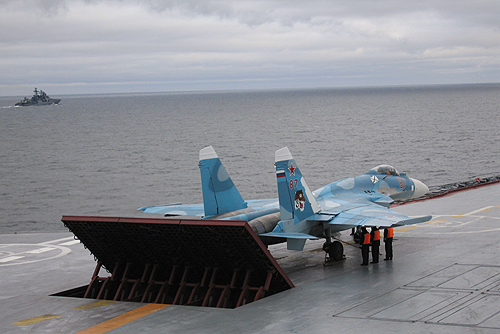
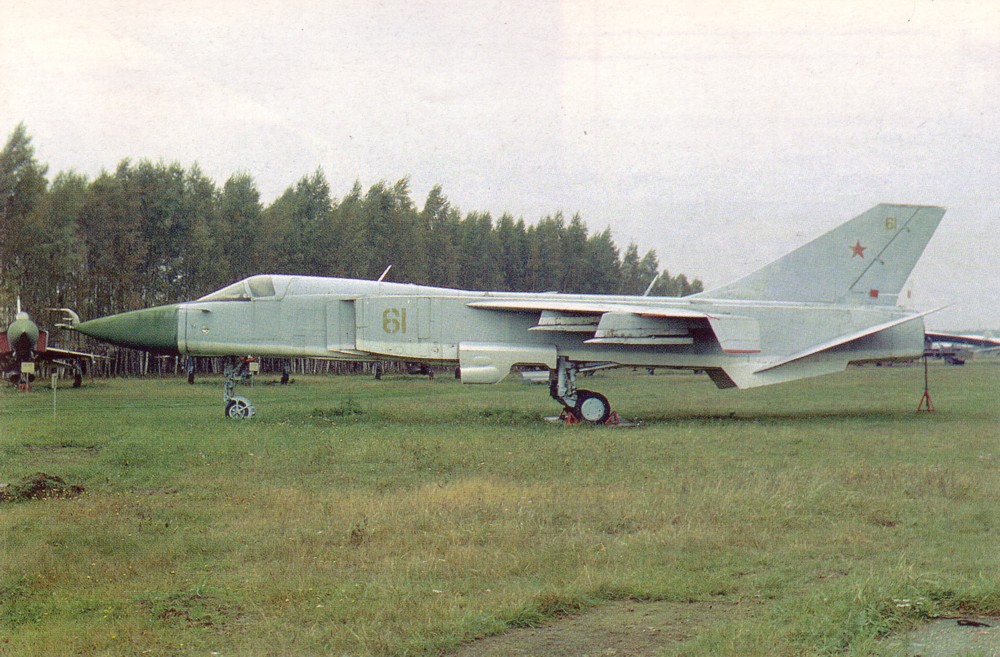

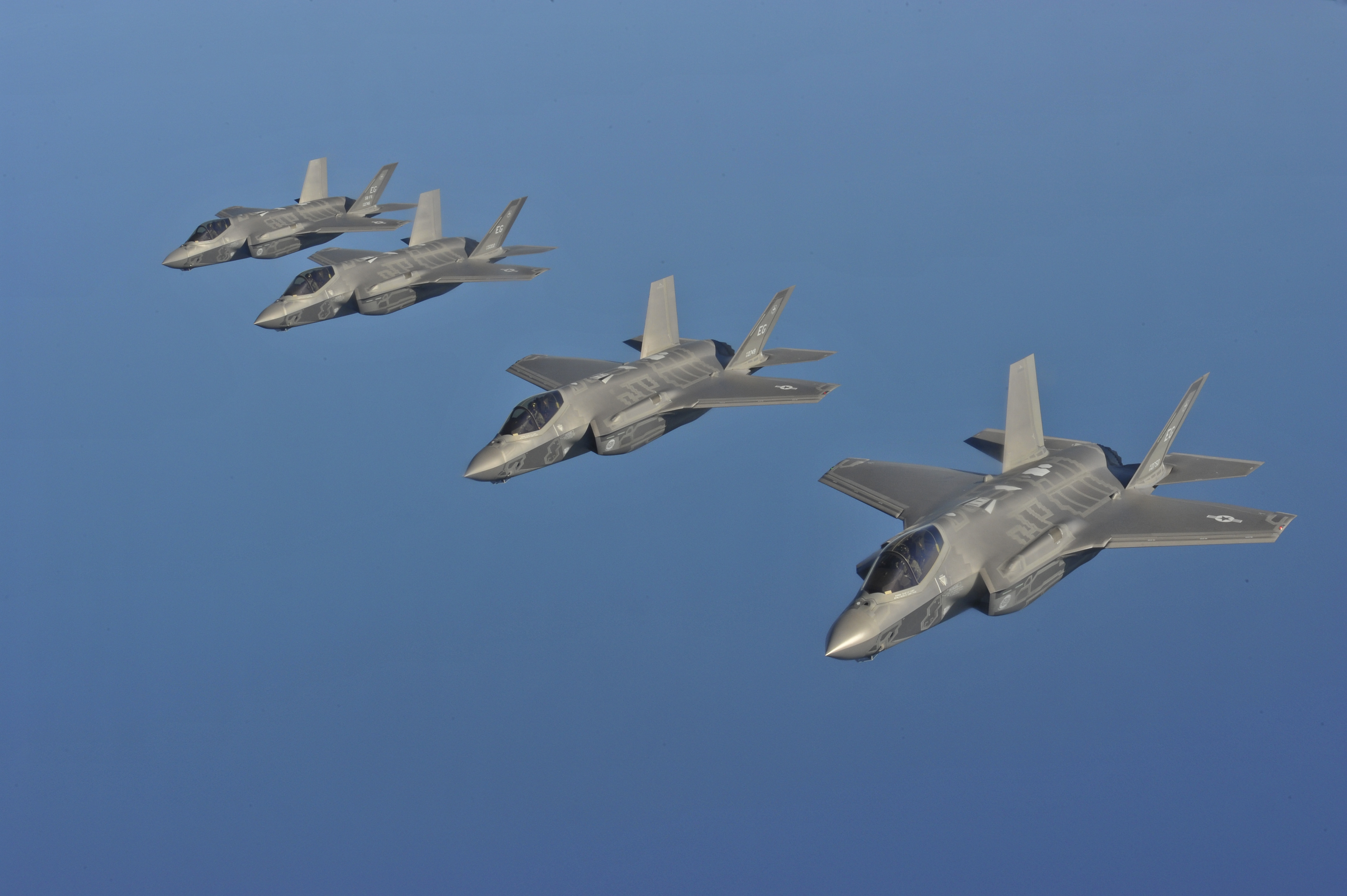
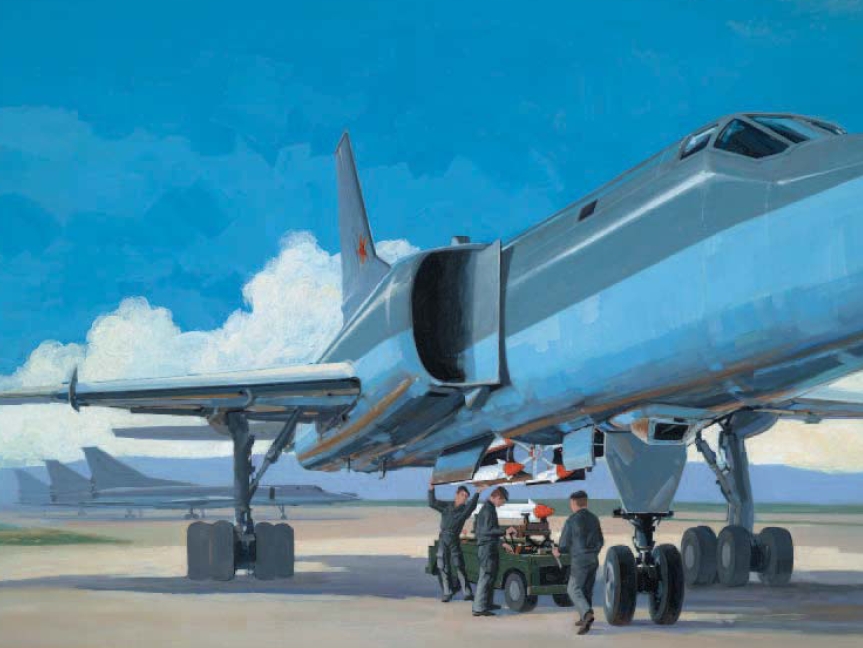
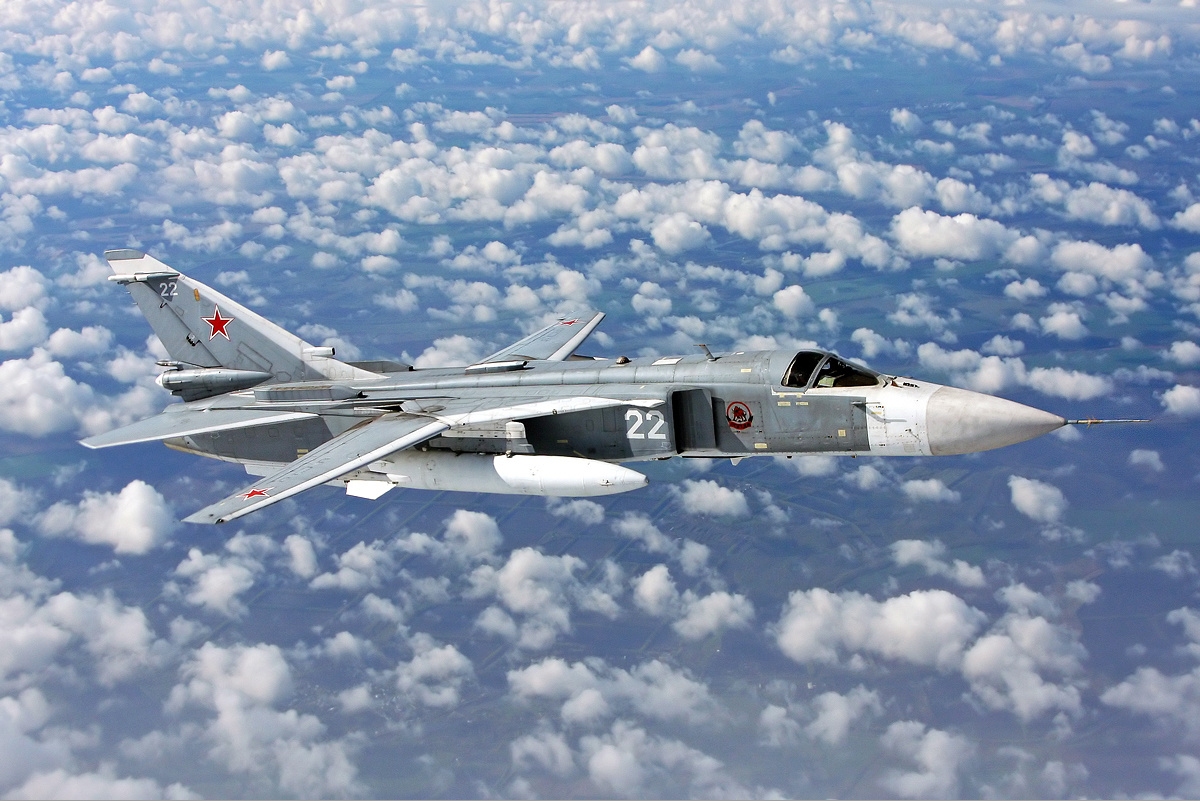
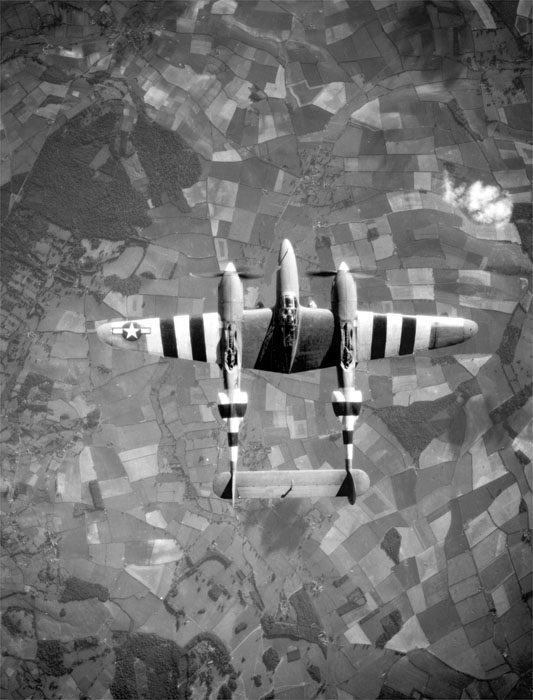
_Unloaded.jpg)
.jpg)